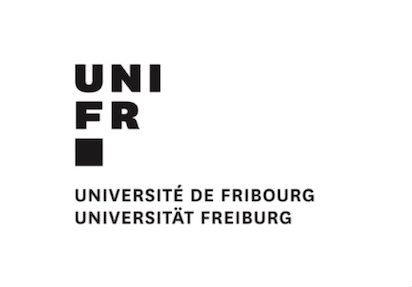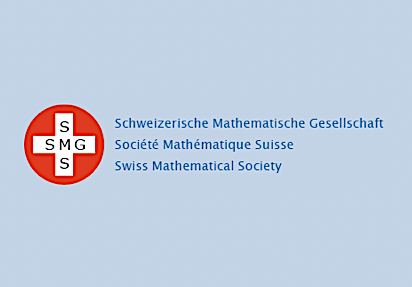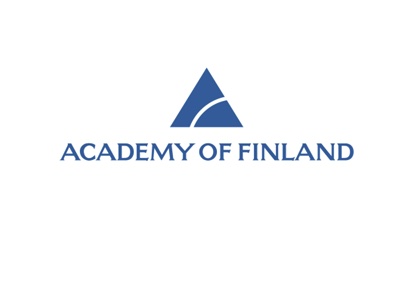You can download the schedule, titles and abstracts, as well as location info as a PDF here.
Workshop schedule
| Thursday 04/13 | Friday 04/14 | Saturday 04/15 | ||||
| 9:30 - 10:20 | John Mackay | 10:00 - 10:50 | Andrea Marchese | |||
| 10:30 - 11:00 | Coffee | 11:00 - 11:30 | Coffee | |||
| 11:00 - 11:50 | Giuliano Basso | 11:30 - 12:20 | Simone Steinbrüchel | |||
| 12:30 - 13:30 | Registration | 12:00 - 12:50 | Toni Ikonen | 12:30 - 14:00 | Lunch Break | |
| 13:45 - 14:00 | Welcome | 13:00 - 14:30 | Lunch Break | |||
| 14:00 - 14:50 | Jana Björn | 14:30 - 15:20 | Susanna Heikkilä | |||
| 15:00 - 15:50 | Martina Jørgensen | 15:30 - 16:00 | Coffee | |||
| 16:00 - 17:30 | Poster Session + Apéro | 16:00 - 16:50 | Gabriel Pallier | |||
| 19:00 - 22:00 | Conference Dinner | |||||
Talks
Using a method of sphericalization, introduced by Balogh and Buckley, we show how to transform p-harmonic functions on unbounded domains in metric spaces to p-harmonic functions on bounded ones. This provides a useful tool, since the theory in the bounded case is much more developed and there are plenty of methods and results. In particular, we consider the Dirichlet problem in unbounded domains, with an emphasis on boundary regularity at infinity.
In this talk, we are concerned with metric spaces that are homeomorphic to oriented manifolds. In particular, we are interested in the question whether the fundamental class of such spaces has an analytic counterpart in the framework of metric currents. I will explain that under weak assumptions, such as linear local contractibility, one can show that a metric n-manifold admits an essentially unique integral n-current. If time permits, I will sketch how to use this current to obtain a conceptually simple proof of a deep theorem of Semmes about the validity of a weak 1-Poincar\'{e} inequality in certain metric manifolds. This is joint work with D. Marti and S. Wenger.
In this talk, I will discuss a result stating that, if a closed manifold admits a non-constant quasiregular mapping from the Euclidean space, then the de Rham cohomology algebra of the manifold embeds into the Euclidean exterior algebra as a subalgebra. This embedding of algebras yields a homeomorphic classification of closed simply connected orientable 4-manifolds admitting a non-constant quasiregular mapping from ℝ4. The talk is based on joint work with Pekka Pankka.
Recently, I proved that any Sobolev map from a Riemannian manifold into a complete metric space pushes forward almost every integral current to an Ambrosio-Kirchheim integral current in the metric target, where 'almost every' is understood in a modulus sense. The existence of the pushforward has several consequences. In particular, it implies a positive answer to an open question by Onninen and Pankka on sharp Hölder continuity of quasiregular curves.
We investigate a coarse version of Dress' 2(n+1)-point inequality characterising metric spaces of combinatorial dimension at most n. This condition, experimentally referred to as (n,δ)-hyperbolicity, reduces to Gromov's quadruple definition of δ-hyperbolicity for n=1. The ℓ∞ product of n δ-hyperbolic spaces is (n,δ)-hyperbolic and, without further assumptions, any (n,δ)-hyperbolic space admits a slim (n+1)-simplex property analogous to the slimness of quasi-geodesic triangles in Gromov hyperbolic spaces. Using tools from recent advances in geometric group theory, we show that every Helly group and every hierarchically hyperbolic space of (asymptotic) rank n acts geometrically on some (n,δ)-hyperbolic space.
Isometries of real hyperbolic spaces correspond to Mobius transformations of their spheres at infinity. Thanks to Paulin and Bonk-Schramm, quasi-isometries of Gromov hyperbolic spaces correspond to quasisymmetries between their boundaries at infinity. I'll describe how certain maps between relative hyperbolic groups correspond to maps between their Bowditch boundaries, and an application. Joint work with Alessandro Sisto.
An operator between two spaces is closable if the closure of its graph is also a graph. The closability of the gradient on a suitable subspace of Lp allows one to define the weak gradient in the Sobolev space W1,p. For any Radon measure μ on ℝn., I will show how to characterize the directions for which the corresponding directional derivative operators are closable from the space of Lipschitz functions to Lp(μ). As a corollary I will show that the gradient is closable form Lp(μ) to Lp(μ) only if mu is absolutely continuous wrt. Lebesgue. I will also discuss some partial results on the closability of directional derivative operators from Lp(μ) to Lp(μ) and of some multilinear operators. Lastly, I will show how these results can be interpreted to reformulate the Ambrosio-Kirchheim flat chain conjecture on the structure of metric currents in ℝn.
A remarkable property of the Gromov boundary of a hyperbolic group or space is its invariance under quasiisometries. In general, for a finitely generated group, there is no Gromov boundary; one can define a Morse boundary, which represents the directions behaving in a hyperbolic way. This is again invariant under quasiisometries, albeit sometimes very small. Qing, Rafi and Tiozzo have recently considered a larger variant, the sublinearly Morse boundary; for modular groups of closed surfaces of finite type and appropriate parameters, this boundary is a realization of the Poisson boundary. We show that the sublinearly Morse boundary is, in a quantitative way, invariant up to homeomorphism under a class of transformations which is larger than quasi-isometries, namely that of sublinear bilipschitz equivalences, introduced by Cornulier in the study of asymptotic cones of Lie groups. Joint work with Yulan Qing.
The Plateau Problem asks for surfaces with least volume among those having the same boundary. It has been studied in different settings and many tools have been created such as integral currents, Almgren's frequency function and center manifold. They are used to analyze the regularity of minimizers in different dimensions and codimensions. B. White suggested to enlarge the class of competitors to those which take the boundary with some (fixed) multiplicity larger than one. In joint work with C. De Lellis and S. Nardulli, we took a first step into the regularity at the boundary if it has dimension 1, is taken with multiplicity greater than 1 and has a convex barrier. In this talk, I will give an overview of the methods used in the regularity theory of integral currents and then explain how to adapt them to the higher multiplicity regime.
Poster session
Elia Bubani (University of Bern) : Quasiconformal lifting theorems for the Heisenberg group
Marco Capolli (IMPAN Warsaw) : The geometry of Laakso spaces
Zofia Grochulska (University of Warsaw) : Approximately differentiable homeomorphisms with prescribed derivative.
Marcin Gryszówka (IMPAN Warsaw) : Quantitative Fatou property
Denis Marti (University of Fribourg) : Integral currents in metric manifolds, with applications to Poincaré inequalities
Marcin Walicki (Warsaw Univ. of Technology) : The geometry of the Grushin plane



